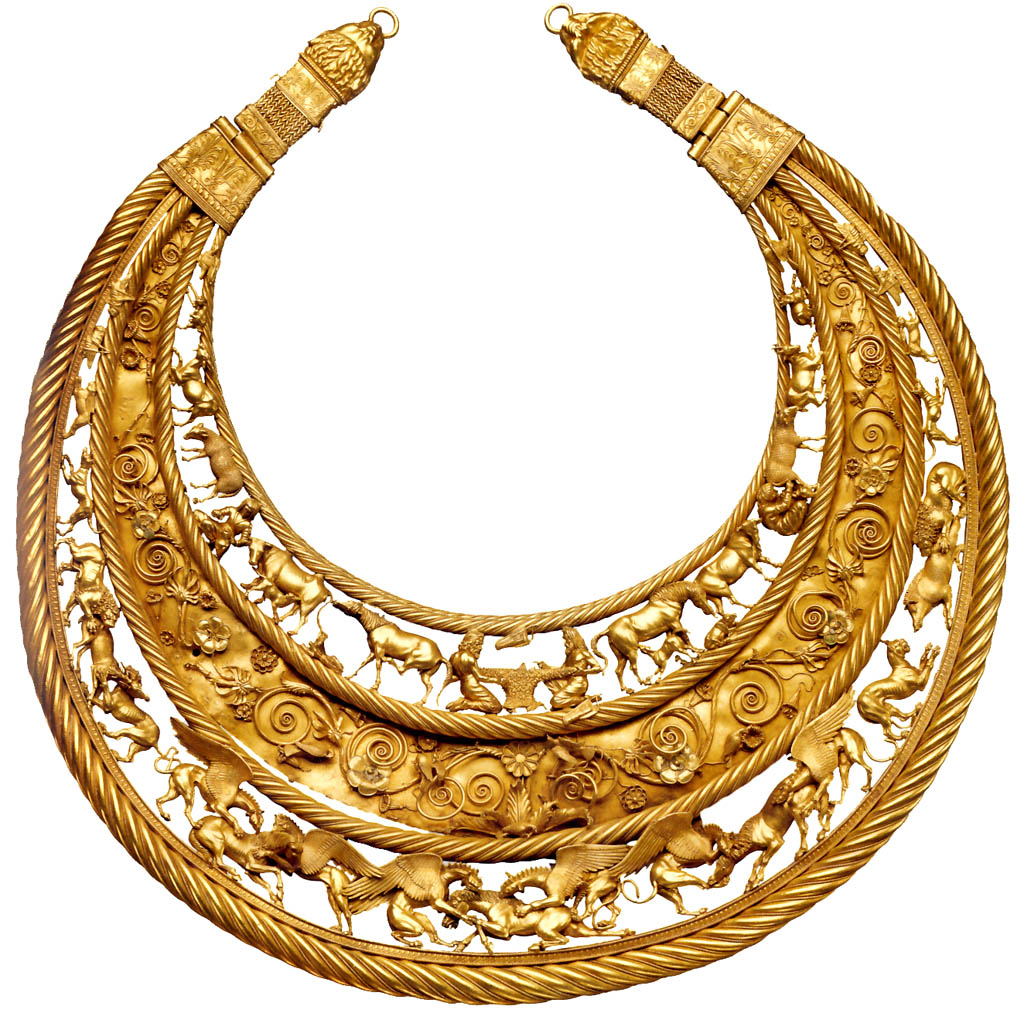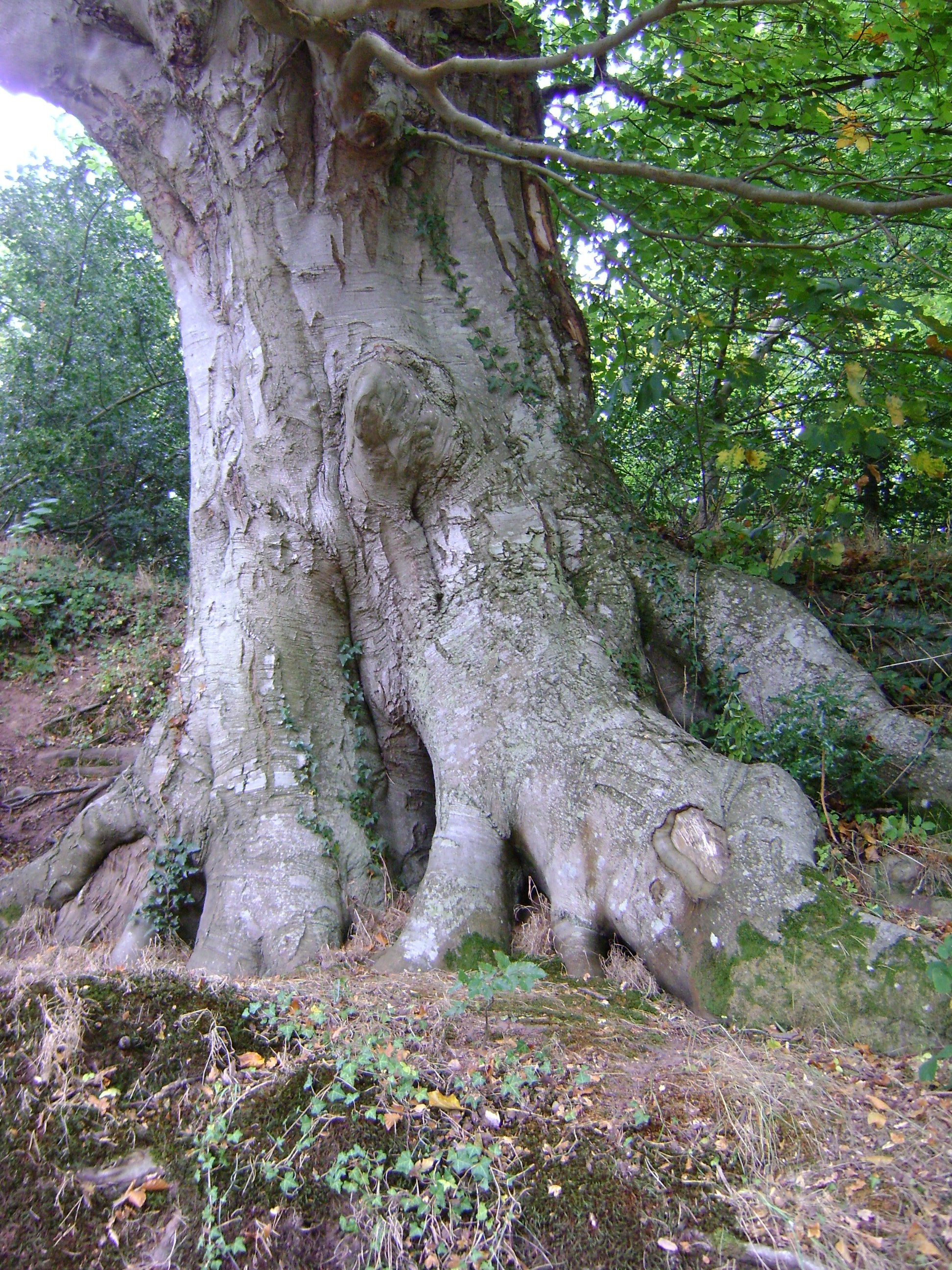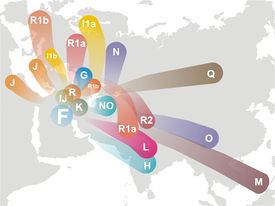 This is our ancestors’ – Scyths’ – ancient art – indeed.
This is our ancestors’ – Scyths’ – ancient art – indeed.
©© by Czesław Białczyński, Adam Smoliński
© translated by Katarzyna Goliszek
Here, we quote Adam Smoliński’s entry from under the article about Viper Embankments (Żmijowe Wały) and Viper Boroughs (Żmigrody) as once again it turns out to be serious for various general discussions. In the text, among other things, we will focus our attention on whether any historians seriously wonder how possible it was that, and what the reason was for which the Romans did not move farther than the Danube, and the Persian kings – Darius and his successors, or Alexander the Great of Macedonia did not cross the border of the Danube – Caucasus, either, and if they had already done so, they were simply defeated either by Tomirysa-Tamara, or by other Scyths. We write extensively about it in the Book of Rue, and here we are just making a remark about it, which we believe should have made researchers consider for a long time.
It was Scyths-Slavic-Indo-Iranians who ruled the Medes and the Medes ruled Persians, and
when the Persians got free and wanted to attack the Scyths, they were defeated, and Cyrus’s
head bathed in its blood, in a sack (leather bag), cut off by TAMARA – Tomirisa – the queen
of the Saka.


